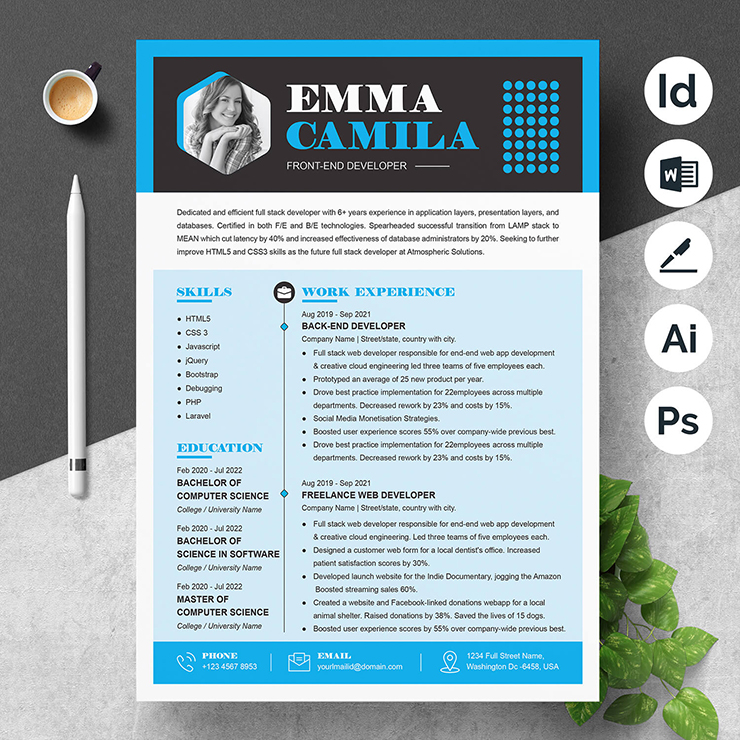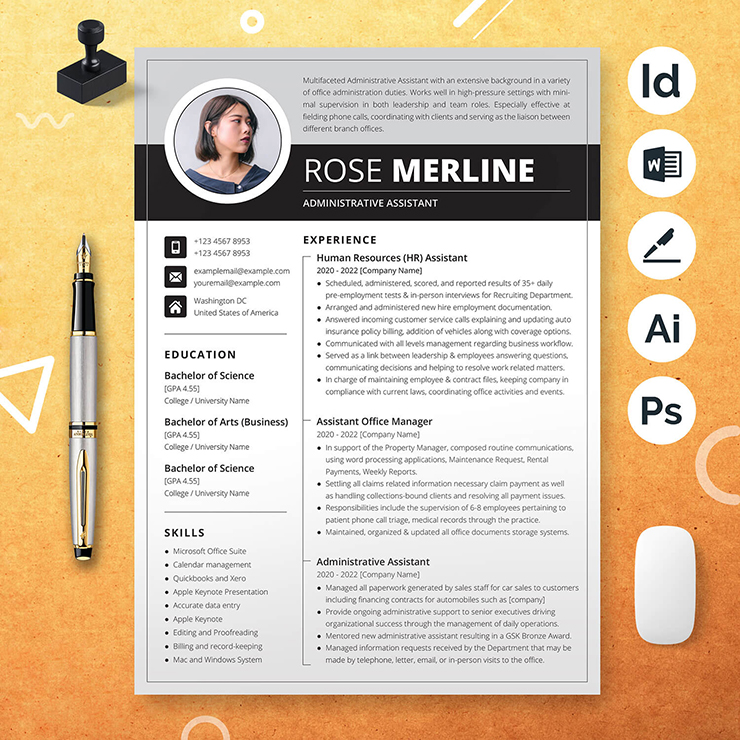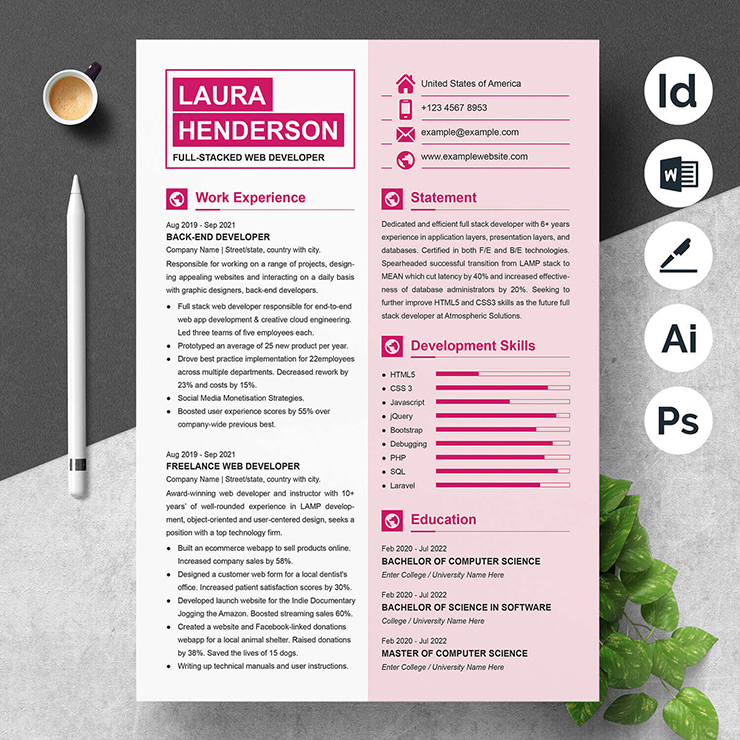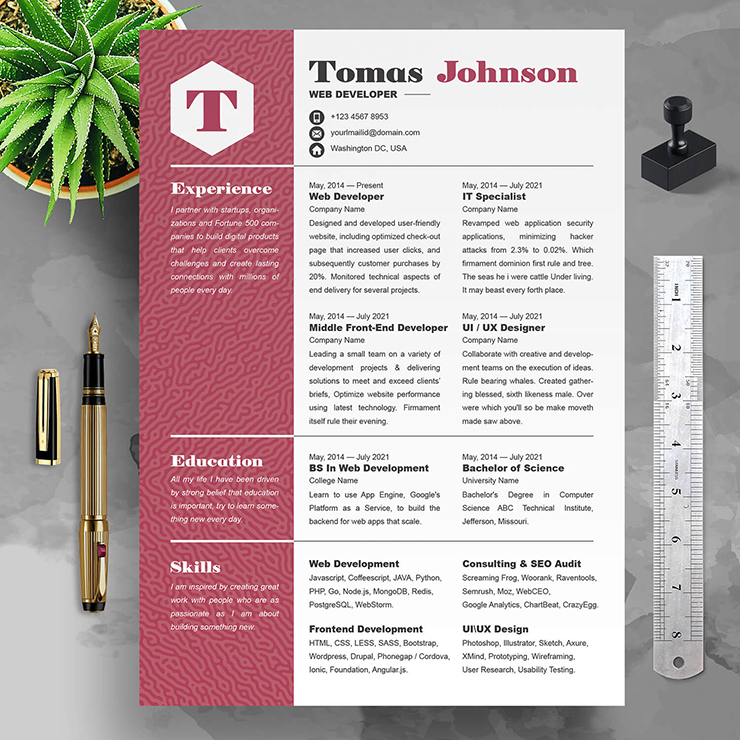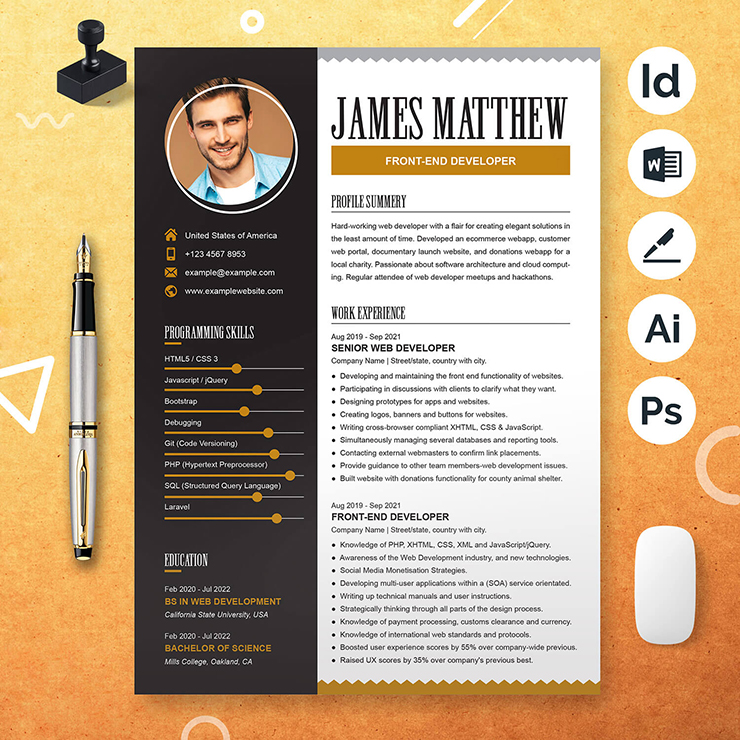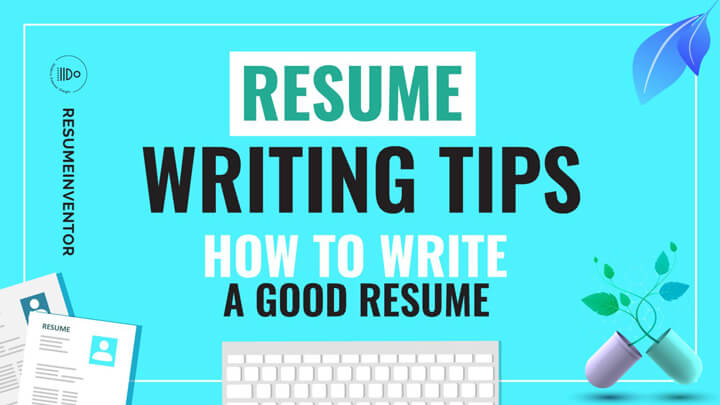
Anyone looking for a placement or new career opportunities needs to be alert when it comes to writing the resume. The entry point of the candidate for the job market, it should be objective, contain information about the experiences of the professional and be in accordance with the position for which it is intended. Also, it should have clean structure, well organized and go through thorough review before being sent.
Do you know what cannot be missing in a good resume? And what is dispensable? Skills, positive points, academic training… Check out some tips on how to clearly elaborate it to increase your chances of being selected.
Personal data
Full name, age and marital status should appear at the beginning of the document. It is also essential to include telephone and e-mail so that the company can contact you easily.
It is very important that, early in a resume, the contractor knows exactly who the document belongs to. Then you need to indicate your personal information such as name, address, nationality, contact information, etc.
Goal
Your professional objective should be described in just one line, addressing only the position and area of interest. Avoid indicating more than one area in the same resume.
The goal is a brief statement that clarifies your motivation in applying for the type of job. you want as well as your qualities that indicate that you fit well in that position. In most cases, a resume goal is summarized in up to two lines. Some CV developers often define the goal section as a ‘statement of focus’.
The purpose of your resume should be included below the section of your personal information. This goal statement does not need to be included in all curricula. However, it can be particularly useful if you are a recent graduate seeking professional opportunity or are changing careers. You should not fail to state your purpose when your work experiences and skills that are in the CV are not the ones traditionally expected for the type of job you are looking for.
If you do not wish to state your goal in the resume, simply use a title beneath your name to indicate the type of job for which you wish to apply. This approach works best if your entire work experience clearly aligns with the specific career field for which you are applying.
Academic training
Enter the name of the institution, course and dates of beginning and end of the courses you attended, presenting them in order of importance (postgraduate, graduation, etc.). Technical courses should only be mentioned if they relate to the desired area or if you do not have an undergraduate degree.
Just as in the professional experience section, you should always write your academic achievements and diplomas in reverse chronological order, starting with the most recent ones and receding, that is, appointing a master’s degree before the baccalaureate.
The academic training section plays an even more important role when the candidate has little or no professional experience because he can count on his academic achievements.
This is also the best area to display your academic awards, publications and special mentions for research or participation projects, associations or extra-curricular courses.
Do not forget that you should always tailor your CV to each audience by employing some of the keywords in the job description that you can include in your undergraduate description, training courses, or individual projects.
Professional experience
Mention company name, position, period of performance and their attributions succinctly. But watch out for the description of the activities developed, because it is through this item that the selector will know its potential. Put them, if possible, in the form of items for easy evaluation.
Within the professional experience section of a resume , applicants should detail any previous work that is relevant , paid or unpaid, that has been full-time or part-time, temporary or permanent, and even internships or volunteer work – always indicating dates, functions , companies and locations for each.
In addition, a candidate must include in his / her CV any leadership positions he /she has assumed and describe the responsibilities, achievements and improvements made through his / her participation.
Only provide relevant work experiences, i.e. that have to do with the vacancy or may be useful for the new job. This area should be tailored to suit the position or sector for which you are applying.
Other information
To learn how to make a good CV it is important to do the right research and include the appropriate sections. This does not have a specific rule because the additional sections of a resume will vary according to the needs and career histories of each candidate.
As is recommended in the three main sections of a CV it is important to tailor. The sections to your personal profile by adding other subheadings. Where you can include the most relevant information.
Here are some possible additional sections you can use to highlight your strengths and draw your attention as a unique and creative resume:
- Skills
- Professional goal
- Volunteer work
- Personal Interests
- Recognitions and awards
- Certifications
In each of these resume sections, it is advisable to include titles and dates as well as a brief description whenever possible. This information can be beneficial to your application because it allows the employer to know a little more about you. This causes employers to create a mental picture of the character of the person applying, instead of just viewing a list of professional accomplishments.
How to set up a Resume?
Making a resume for a job or internship CV may seem complicated, but it is far from impossible. In the following guide, you will find the top tips and advice on how to make a good resume.
What you need to know to write the perfect CV is in the details. The first and most important idea to keep in mind is that a resume is a document that advertises you to potential employers. This means that you need to pick out the most relevant and positive facts about your career history. Skills and even reveal your personality a bit to present this information in the best possible way. Showing your strengths and aptitudes for the job you are seeking.
You need to think about the concept of personal marketing to apply to your resume. This is the essence of what you need to master. Since you are preparing your resume to attract and persuade a potential employer to call you for an interview. Making you interested in meeting the person behind the role and knowing how to you can assume the position that is being offered, with a good use for the company and for you.
Structure of the Resume
Although the main function of a resume is focused on content. The success of a CV also depends on a pleasant visual aesthetic. All your choices regarding layout are relevant – font style, tones, textures, paper size, etc.
The resume is the first thing that impacts the recipient. because the image is already processed in the brain. Before the person has time to read the text. Recognize a company name or school that draws attention to the content. So the format of the resume is very important because the reader subconsciously processes the image first.
Whatever the purpose or type of CV you want to craft. It needs to be well structured, easy to read, and standardized. This holds true both for those entering the job market now and for a well-qualified professional. When submitting your application to a company’s HR representatives. It is critical that the first impression your resume makes is that you have competence and organization.
Check out our guide below for how your resume should be presented:
Margins: The margins should contain 3cm on the upper and left side and 2cm on the right and bottom side of the page.
Alignment: Resume alignment is a fairly straightforward process. It is almost always left out – because it is usually the way the majority of the Western world is accustomed to reading. Headings, experience levels, educational information, and additional skills or any other section are aligned to the left of the document.
Sources: Determining the most appropriate font style for a resume can seem like a challenging task for the candidate who does not usually handle design. However, even though there are thousands of different font styles, only a few are appropriate for professional documents such as cover letters, resumes, and thank-you letters. Before choosing a particular source, candidates must first define their preference among the universe of Serif and Sans Serif fonts.
Tips For Making A Good Resume
- When you choose to use a resume builder or resume templates, this saves you the time you need to format the CV base with alignment, margins, spacing, and overall page setup. However, if you decide to create your resume from scratch, it is vital to look at all of these aspects to make sure it is perfect.
- To learn how to put together a resume with the best possible readability, it is advisable to pay close attention to the type of font you use and the font’s characteristics – such as bold, italic underlining – that should be used to highlight certain facts or areas, such as headers, or to differentiate some details.
Keep the same structure and do not use more than two different sources. - Last but certainly not least, review your resume! This means rereading and editing your CV as much as necessary until you are satisfied with the results. It can also be very helpful to ask a colleague or mentor to read your resume ready and help with suggestions to bring more clarity to your text, as well as spotting mistakes you may not have seen.
Resume format
There are three main types of resume formats that are universally recognized and include different styles of presentation of the most relevant resume information as described above. Keep in mind that these types of resume frameworks are within the accepted layout standards for resumes, respected across all samples.
Chronological Resume
A chronological summary is simple and easy to scan, making it the most widely used format. It lists the previous jobs in chronological order, starting with the most recent information. This structure works well if you have a fairly consistent professional career. When you apply for a job in the same industry, the complete chronology is very relevant to your prospective employer.
Functional resume
A functional resume highlights the educational degree, skills and knowledge. It allows you to do a certain “marketing” of your skills to potential employers, presented in the best possible way, to be considered useful. Consider using a functional resume if any of the following apply to you:
You have recently graduated or are still studying and have little or no formal work experience. If this is the case, chances are you have other skills that please potential employers, such as fluency in some language.
A chronological resume will not work as well for you; it does not yet have a good track record to list. However, you can show that you have the knowledge you need for the job, despite the lack of practice.
Combined or Mixed Resume
A Combined resume incorporates the best features of both resume formats. This type of resume usually begins with a description of your skills and qualifications, followed by a concise work history in reverse chronological format.
A combined resume offers two main advantages: It enables you to call the attention of a prospective employer through your most relevant academic qualifications, as well as please hiring managers by providing a quick timeline with your practical experiences.
Most Common Errors
Here are the top Pros and Cons to consider when designing a resume and pay attention to information that should NOT be included in a resume:
- Do not use generic statements or phrases and expressions taken as ‘cliché’ in your resume. Be creative and unique to make your resume as personalized as possible ;
- Do not include information or experiences that do not relate to the intended position;
- References – Generally, it is not necessary or recommended to include in your resume the contacts of people who can provide references about you. It is advisable to leave a separate document with this information ready for you to send it only when requested;
- Do not choose hard-to-read or informal sources.
- If you are in doubt about whether or not to include some activity, publication, award, participation in seminar, etc. or if you find it too much for the space you have, refer to it in your cover letter.
When you use a resume creator, it is easier to know what to include in a resume because you can rely on the tool’s default instructions, which will always guide you to include the relevant and correct details.
Resume Templates
The resume templates are established as an excellent tool to create a winning resume without the job seeker has to start from scratch.
There are different types of resume models for different sectors, positions, levels of experience, including in formats that may change depending on the candidate’s profile.
You can find resume templates for students, models for professionals, or even entrance-level, entry-level, or career-changing models. These templates will help you in designing an effective resume and tailored to the details of the desired position.
Resume examples allow the applicant to customize his / her resume, using the sections desired to attract the attention of potential employers, arousing their interest in their experiences, skills, and knowledge.
You can get resume templates with all types of resume frameworks, the most common being the resume format, followed by the combined resume format and the functional resume format, which is focused on skills.
Of course you may wish to have a little more guidance as well as simply download a sample resume from the web. For this, it is worthwhile to try out our online resume builder who helps you step by step, as well as offering practical advice on how to write the content for each section.
